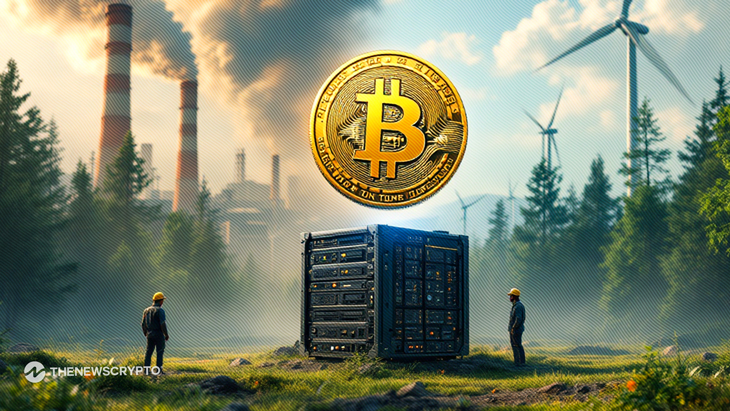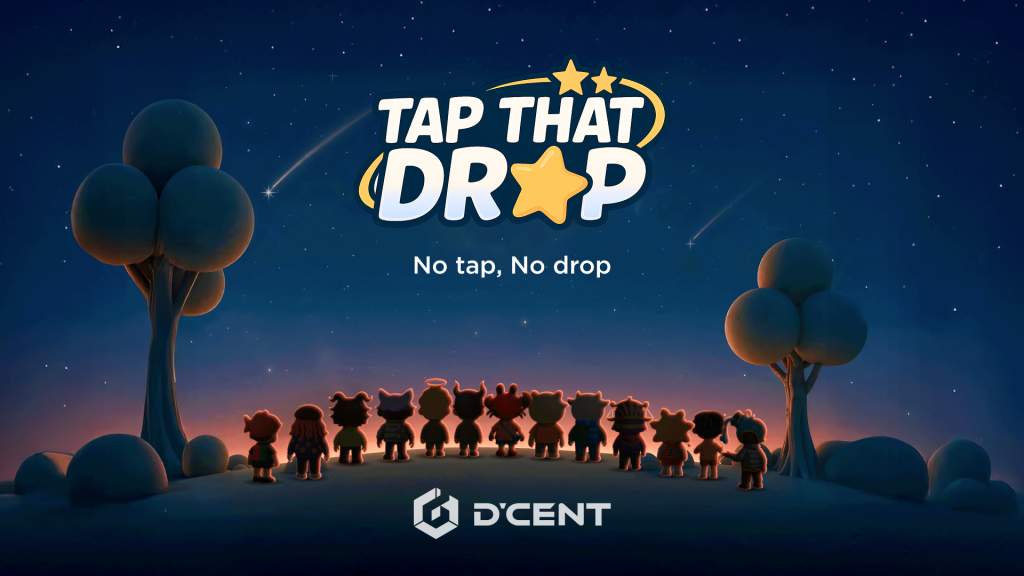Bitcoin’s Carbon Problem Could Become Its Greatest Asset

How miners and innovators are turning crypto’s emissions problem into an opportunity for climate action.
Bitcoin mining has long been under fire for its environmental footprint. The network’s Proof‑of‑Work (PoW) consensus consumes lots of electricity. Estimates compare it to the energy use of mid‑sized nations. Much of that power still comes from fossil fuels, generating millions of tonnes of CO₂ each year. Critics see this as a fatal shortcoming. Some regulators are even weighing restrictions or outright bans.
But a different view is emerging: what if mining’s energy appetite could be harnessed for climate benefit instead of harm? A growing number of innovators are designing systems that link mining activity to verifiable climate benefits: from carbon credit creation to methane reduction, without changing Bitcoin’s code or governance. Instead of being an unavoidable liability, mining could become a driver of renewable energy adoption and climate finance.
From Carbon Burden to Climate Asset
Across the globe, projects are experimenting with ways to link PoW mining to renewable energy generation, carbon credit creation, and verified impact reporting. The approaches differ, but the goal is the same: make the incentives work for climate-positive operations without rewriting Bitcoin’s code. That shift is not only possible, it’s actually already being built.
Toucan Protocol & KlimaDAO (Global, Ethereum-based)
Toucan Protocol and KlimaDAO, operating globally on Ethereum, built one of the earliest large‑scale bridges between traditional carbon markets and blockchain. Toucan’s “Carbon Bridge” brought more than 22 million credits from registries such as Verra on‑chain as ERC‑20 tokens, with origin data preserved via BatchNFTs. KlimaDAO then locked these credits in its treasury in an effort to influence carbon prices and create scarcity. In practice, credits are retired in traditional registries, tokenized, and traded on‑chain for greater liquidity and transparency. The model proved the potential for open carbon markets but also highlighted the risks: questions over credit quality led Verra to restrict tokenization of certain retired credits, pushing both projects toward live issuance with higher‑integrity sources.
Use cases:
- Large‑scale tokenization of voluntary carbon credits for decentralized finance applications
- Liquidity pools allowing credits to be swapped as easily as crypto tokens
Fedrok AG (Switzerland)
Fedrok, headquartered in Switzerland with a global scope, operates a Layer 1 blockchain that uses a “Proof of Green” (PoG) consensus mechanism to reward miners who can prove renewable energy usage through accredited third‑party audits. Miners don’t have to abandon Bitcoin: they can continue mining BTC while participating in Fedrok’s chain, earning FDK coins and tokenized carbon credits, all on‑chain, auditable, and compliant under ISO 9001 and ISO 14001 standards. In practice, this means Bitcoin’s infrastructure: its computing, its power grids, its special‑purpose ASIC setups, can flip from environmental liability to asset once miners are rewarded for going green. This creates a financial incentive for miners to decarbonize while generating verified, tradeable carbon assets.
Use Cases:
- A carbon-backed stablecoin in Papua New Guinea for landowner payments (T4G Pay)
- Blockchain-verified CO₂ storage in India with TechXEarthSpace
- A waste-to-carbon-credit circular economy pilot in Madagascar
Crusoe Energy (U.S.)
Crusoe Energy, also U.S.‑based, targets methane emissions from oil fields by using otherwise‑flared natural gas to power mobile data centers for Bitcoin mining. Methane is over 80 times more potent than CO₂ in the short term, so flare mitigation has an outsized climate benefit. Crusoe deploys containerized mining units directly on‑site, diverting gas from flaring to power generation, which reduces both methane and CO₂ emissions. This approach monetizes stranded energy while significantly lowering the carbon intensity of oil field operations.
Use cases:
- Each site can reduce emissions equivalent to removing thousands of cars annually
- Expanded operations across multiple U.S. states and into parts of the Middle East
Shared Traits and Lessons
These projects all reflect the tokenization trend and share several traits:
- Working with existing infrastructure – They operate alongside miners rather than against them. None require changes to Bitcoin’s protocol; instead, they layer new incentives or processes on top.
- Connecting activity to verified outcomes – Whether through on‑chain carbon credit tracking or methane measurement, all link claims to measurable, auditable data.
- Opening new revenue streams – From DeFi liquidity to landowner payments, these models make sustainability financially rewarding.
Together, they help turn the narrative from “Bitcoin is bad for the planet” to “Bitcoin could help fund the energy transition.”
The Road Ahead
Scaling these models will require overcoming challenges in verification, market adoption, and policy alignment. Carbon markets must maintain integrity to avoid greenwashing. Miners will need strong enough incentives to change behavior. And projects must navigate evolving regulatory environments in both crypto and climate finance.Still, the potential is huge. If these models succeed, Bitcoin’s global hash rate could become an engine for renewable build‑outs, carbon removal, and methane mitigation. Transforming the world’s largest decentralized computing network into one of its most powerful tools for environmental progress. The transition won’t happen overnight, but the blueprint is forming. One where miners, climate tech innovators, and carbon markets collaborate in ways that might have been unthinkable just a few years ago.


